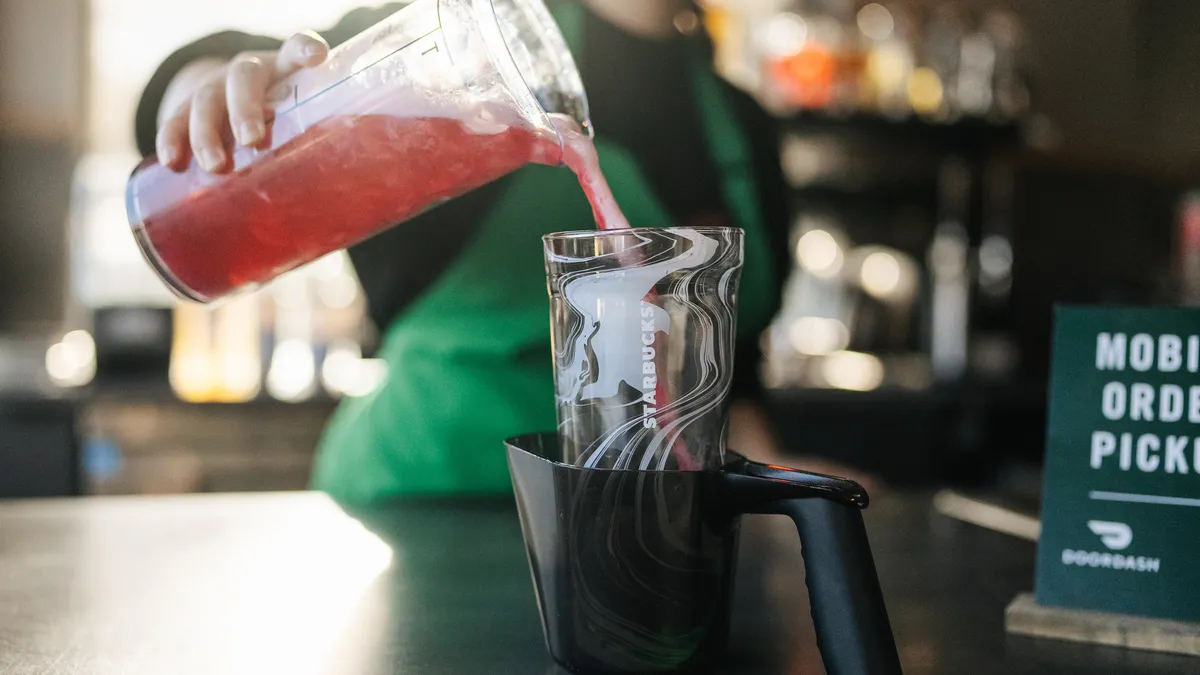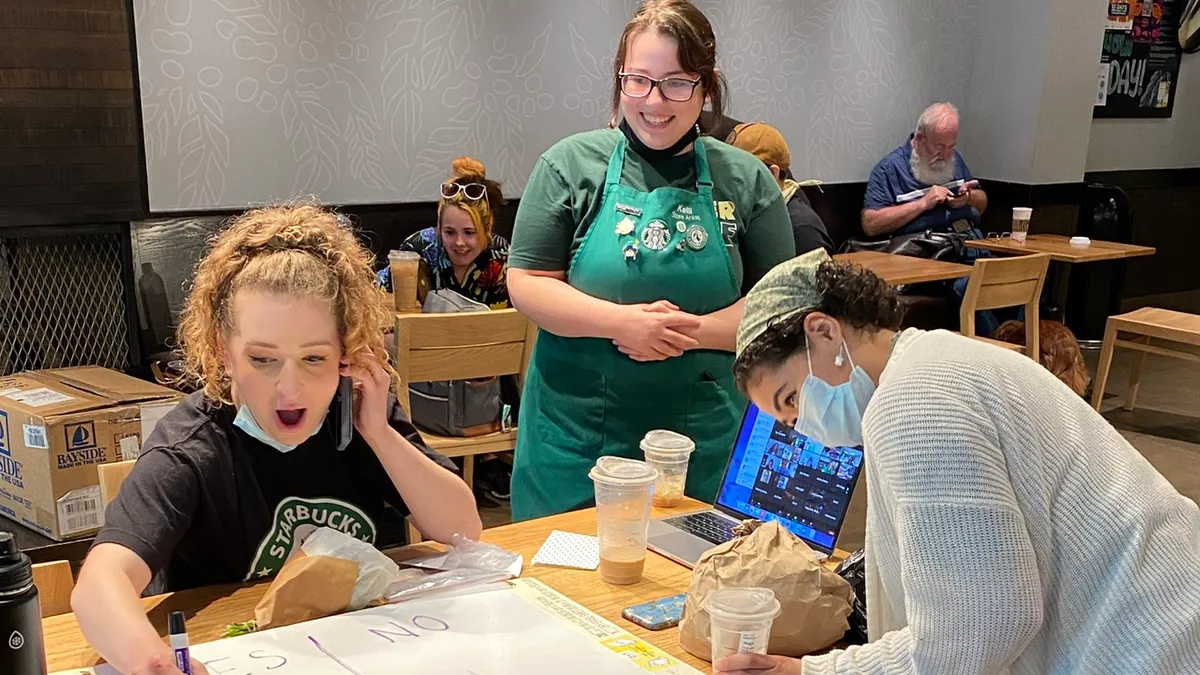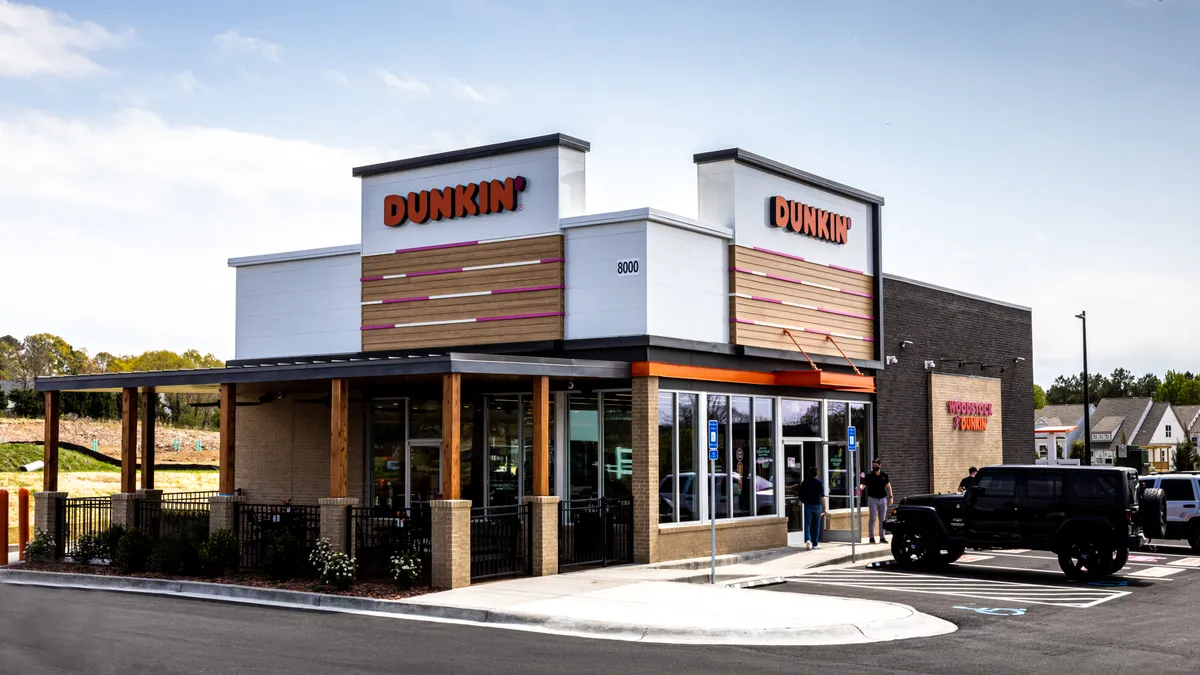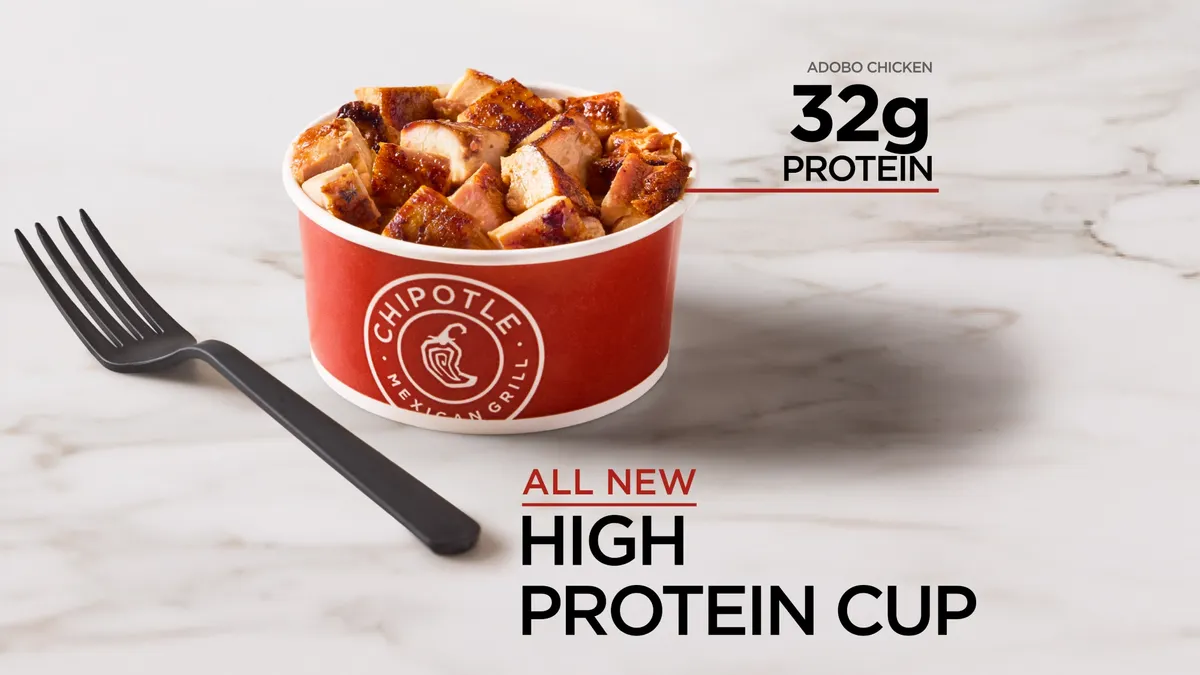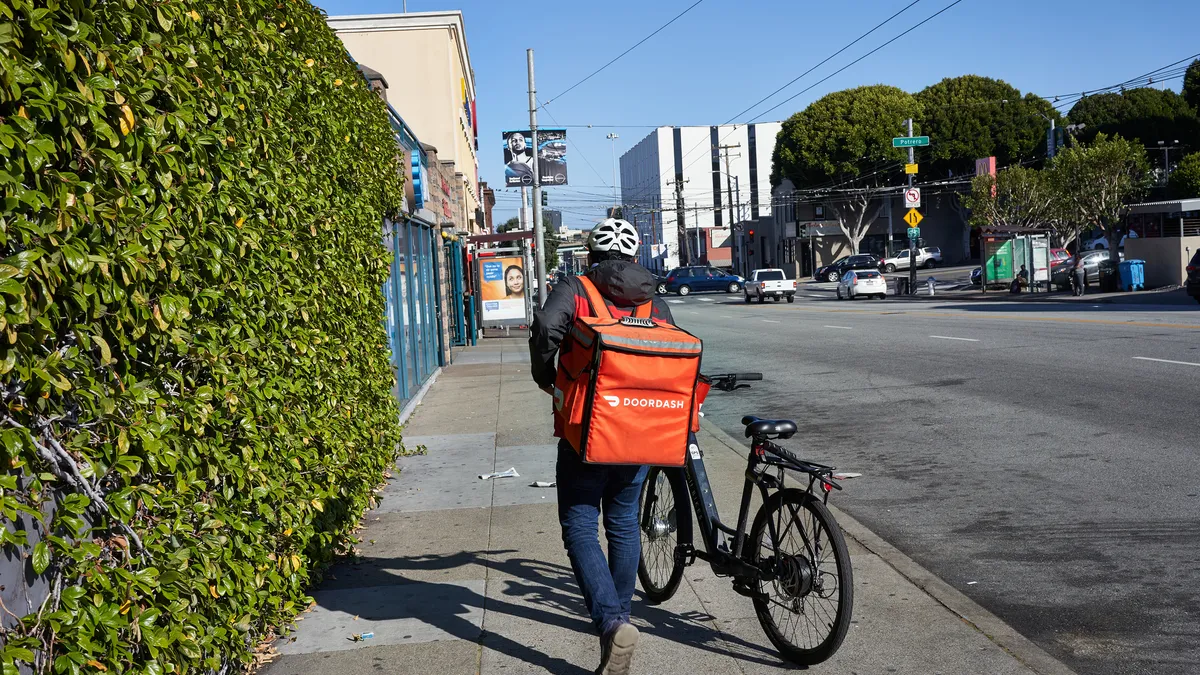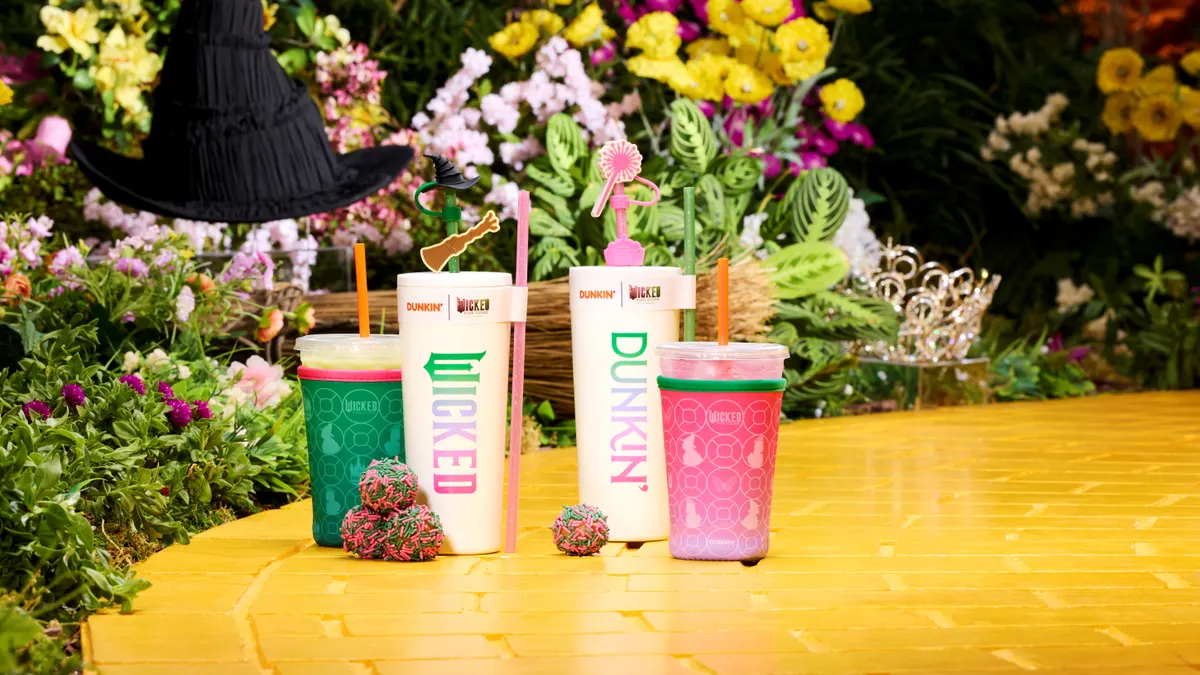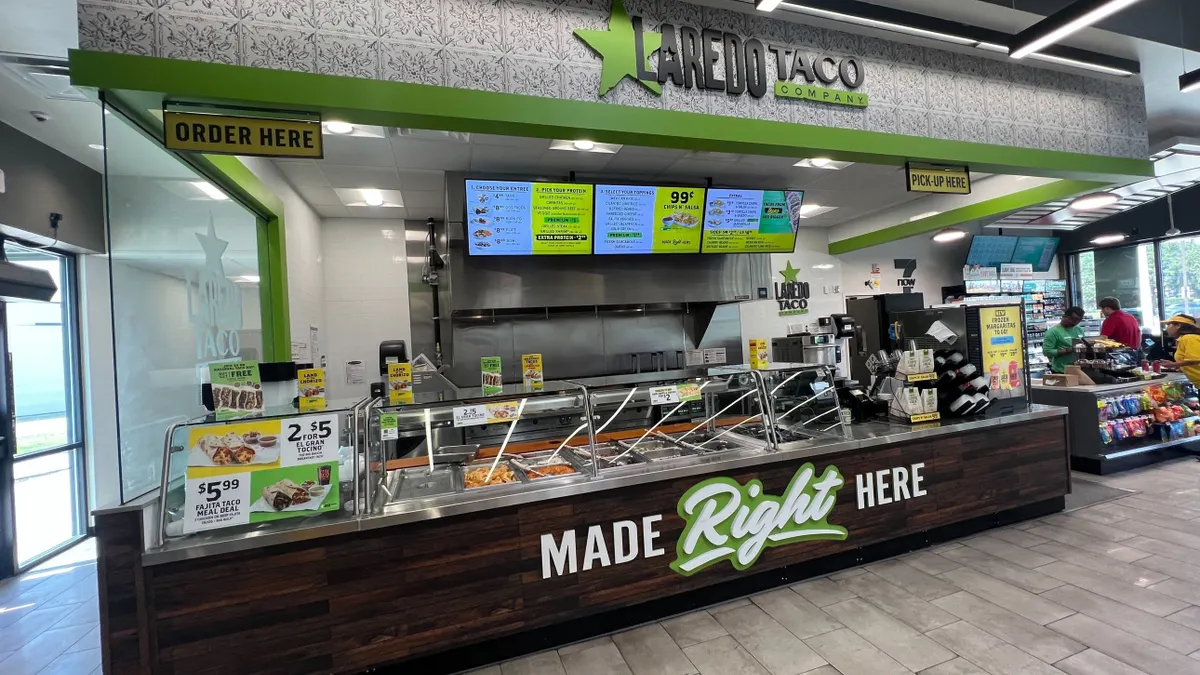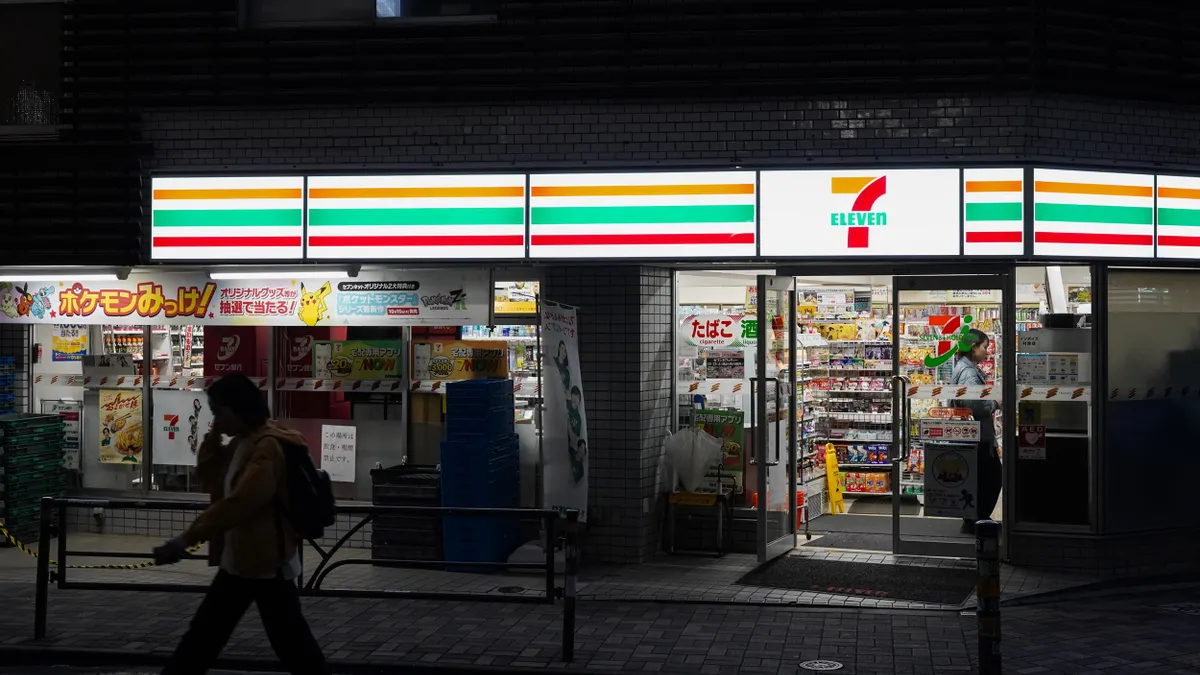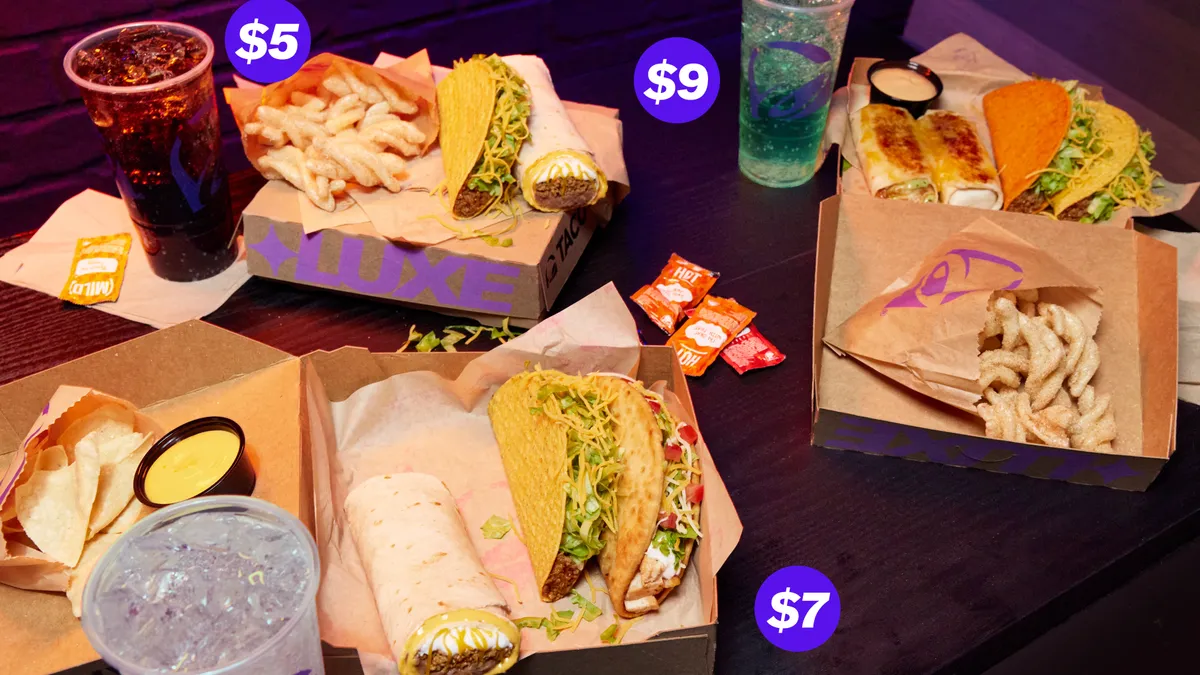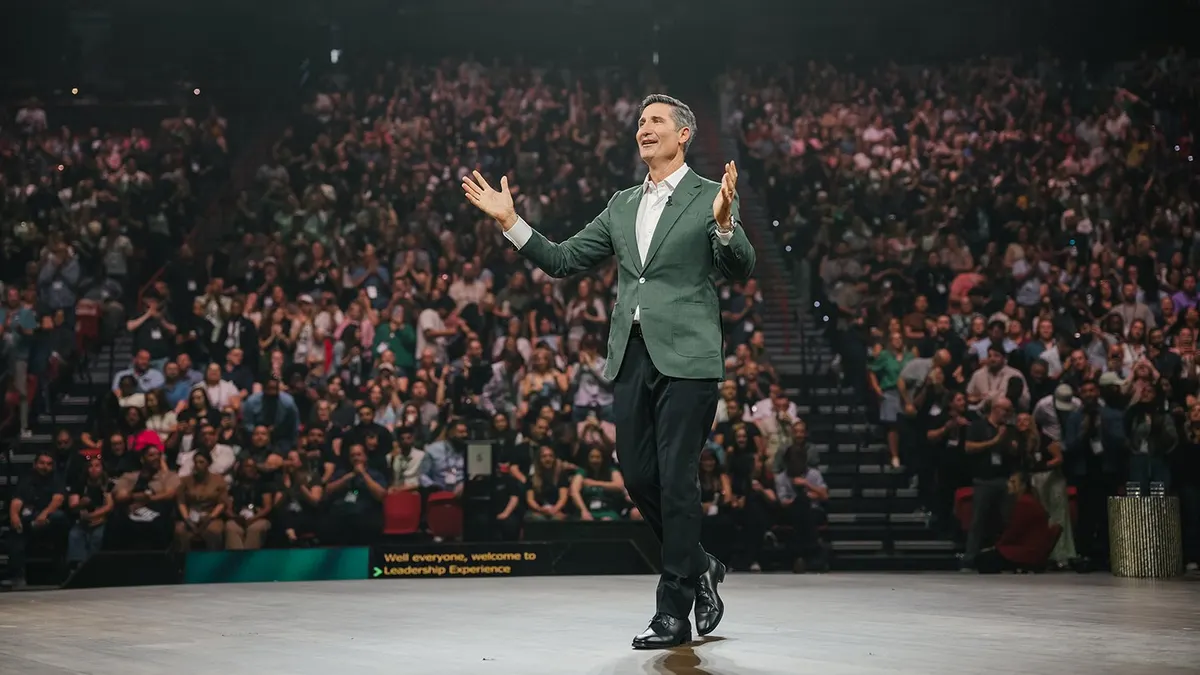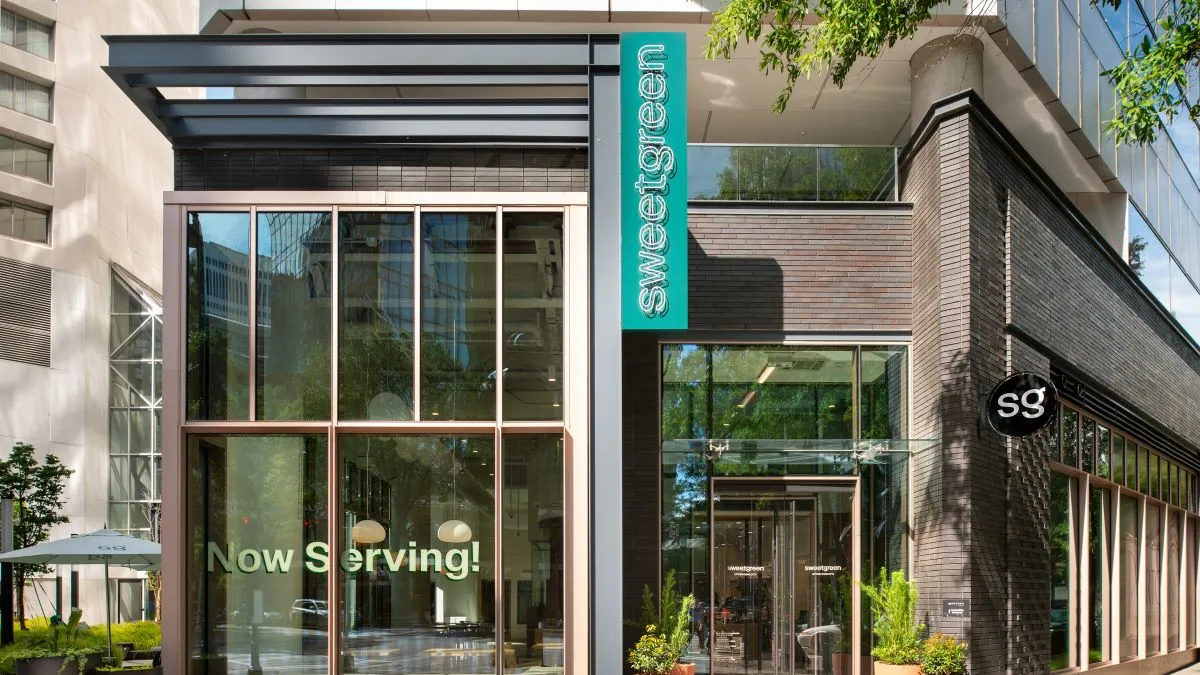The four-part “Back to Starbucks” turnaround plan outlined by new CEO Brian Niccol in September will likely help the company succeed long-term, analysts said. However, implementing it will take time, which could depress the company’s financial performance for several quarters.
“As you tick down the list, you see slower sales, operational investment, CapEx in new stores and slower store growth. All that stuff points in the wrong direction from a shareholder perspective,” said Sean Dunlop, senior equity analyst at financial services provider Morningstar.
Starbucks has struggled in recent years amid growing competition, economic headwinds and strategic errors. In fiscal year 2024, the chain’s global comparable store sales fell 2%, while traffic in its core North American markets declined by a “brutal” 10% in the fourth quarter, according to a November report by Morningstar.
The troubles led to the ouster of former CEO Laxman Narasimhan, who erred by introducing bundled meals, cutting staffing and underestimating the time needed to prepare increasingly complex beverages, which exacerbated the company’s in-store capacity issues, Dunlop said.
But most of the issues were market-related. In the midst of weak consumer demand, Dunlop said, Narasimhan oversaw the introduction of energy beverages and texture innovations like boba tea, as well as a greater reliance on discounted sales.
“Those are the only levers they had to pull. He’s a pretty smart guy. I don’t think the business was criminally mismanaged,” Dunlop said. “The biggest mistake [Narasimhan] made was when he joined Starbucks.”
Niccol, on the other hand, is “inheriting a brand that’s in trouble,” Dunlop said.
“He can blame everything on his predecessor for a few quarters, and by the time these initiatives take root, consumer spending will recover in the back half of [2025],” Dunlop said.
Starbucks’ new strategy aims to improve in-store customer experience by making its stores more welcoming and offering speedier service, with Niccol wanting Starbucks to reclaim its status as the default third place in many markets.
The changes include redesigned stores with updated aesthetics, more comfortable seating, and the return of ceramic mugs and condiment bars.
The international coffeehouse chain also wants to complete orders in four minutes or less to boost customer satisfaction and throughput, especially in the morning.
In addition to installing condiment bars to reduce the labor burden on baristas, analysts said simplifying the brand’s complex menu and pricing, including no additional charge for milk alternatives, should make it easier for employees to complete orders quickly and accurately.
However, Starbucks must avoid oversimplifying its menu to ensure it can still provide a premium experience and a healthy mix of hot and cold beverages, said Andrew Charles, a senior research analyst at TD Cowen.
“You can’t go too deep on the SKU rationalization,” Charles said.
Starbucks plans to add Clover Vertica drip-coffee brewers to all its U.S. stores by the end of 2025, have cashiers give brewed coffees directly to customers, and separate its mobile-order-and-pay experience from its in-store experience.
The company is also accelerating its kitchen redesign rollout, dubbed the Siren System, and related service and drinks-building processes under the Siren Craft System. Starbucks may also add labor to ensure it can serve customers quickly, Niccol wrote in a September letter to employees and customers.
The updated equipment and drink-building process redesign could be a gamechanger, analysts said.
“I’m very bullish on the restaurant automation opportunities,” Charles said. “I’d like [Niccol] to implement the automation packages faster to create more capacity inside the restaurants.”
The changes should provide much-needed relief to workers at Starbucks’ stores who have struggled in recent years thanks to the combination of greater ice beverage consumption, the rise of mobile-order-and-pay and increasing order complexity, said Sharon Zackfia, group head of the consumer sector at William Blair’s equity research group.
“All those things have made life tougher for the baristas,” Zackfia said.
Yet it’s unclear what Starbucks will do to “rein in” order modifications, which have risen alongside the proliferation of elaborate drinks on social media platforms like Instagram, Zackfia said.
Simplifying its operations should also help the company grow again, but the changes will take time, analysts said.
“There’s a lot to be done. It’s not going to be a quick fix,” Charles said.
Additionally, Starbucks will spend more on marketing to get lapsed customers to return to its stores while reducing how much it spends on promotions, which is already low by industry standards, according to Morningstar.
Although Starbucks will need at least a couple of years to implement its turnaround plan, the company would likely benefit from its strong brand, a long-term increase in U.S. coffee consumption and declining at-home coffee consumption, Charles said.
“We’re very excited about the opportunity for coffee away from home to gain share from coffee at home,” Charles said.
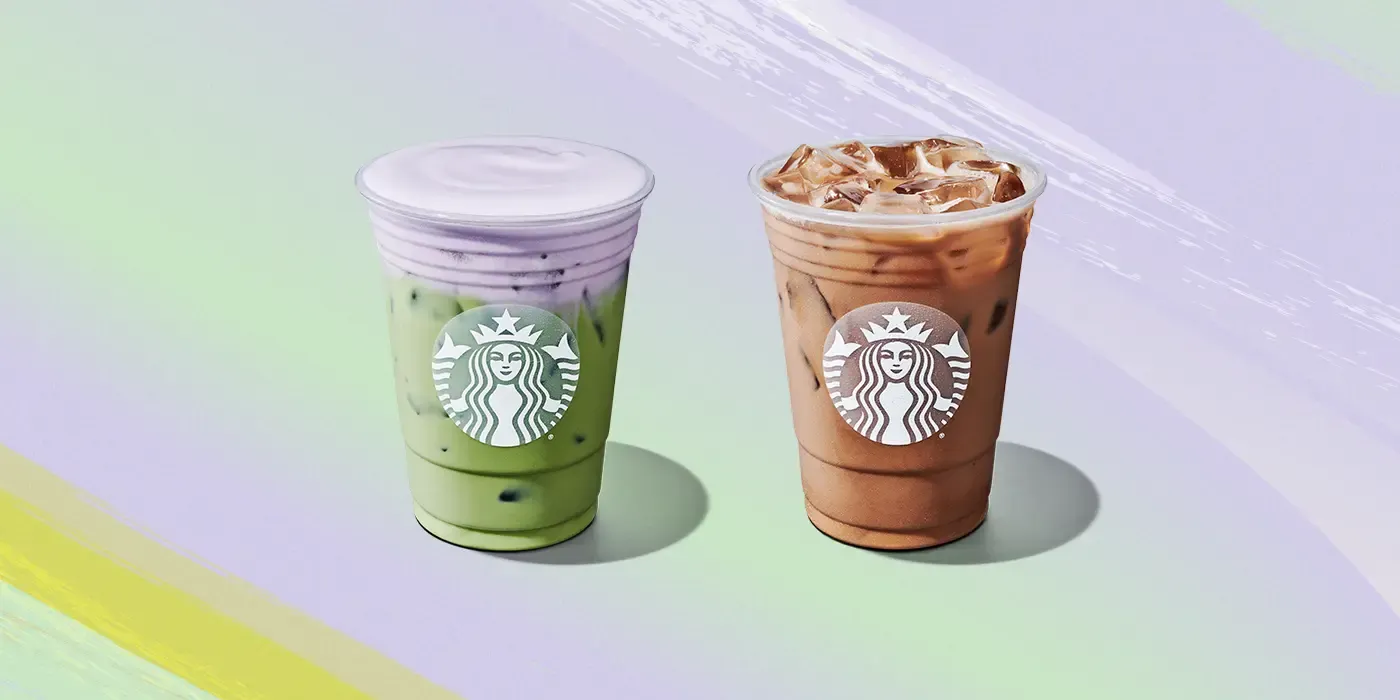
Consumer love for iced coffee gives chains an edge
Coffee shops will be the second-fastest growing restaurant category in the U.S. over the next decade, with a 6% compound annual growth rate through 2033, according to TD Cowen.
Coffee consumption in the U.S. will continue to grow, in part, because the U.S. population is aging, and older consumers tend to consume more coffee than younger demographics, according to TD Cowen.
In addition, growing premium and iced drink sales will lead to higher gross margins for coffee shop chains like Starbucks, per TD Cowen. Iced coffee is often more profitable than hot coffee because the serving sizes are larger, and much of the additional volume is ice, which is far less expensive than coffee.
The percentage of consumers that prefer iced to hot coffee grew from 18% in 2021 to 27% in 2023, a CivicScience survey found. Gen Z consumers are driving the trend, with 60% preferring iced coffee. In contrast, 90% of adult coffee drinkers age 55 and older prefer hot coffee.
Iced coffee has also contributed to the decline in at-home coffee consumption, as coffee machine manufacturers and packaged coffee producers have largely failed to provide consumers with compelling cold coffee options, according to TD Cowen.
Moreover, rising coffee bean prices are likely to lower at-home consumption further as producers raise prices to offset increasing costs.
Starbucks, however, needs to overhaul its 10,000 company-owned stores to capitalize on the iced coffee trend, Zackfia said.
“The bulk of its stores are still hot beverage manufacturing plants, not cold beverage manufacturing plants,” Zackfia said. “It’’s hard to do anything fast from a remodel standpoint when you have that many locations.”
Digital ordering and Starbucks Rewards should also help the company grow its business because younger consumers are more likely to use mobile-order-and-pay and, in turn, participate in app-based loyalty programs. Those factors should increase the “stickiness” of Gen Z consumers over time, buoying the company’s long-term financial prospects, Charles said.
Nevertheless, overcoming one of the coffee giant’s biggest challenges could prove fickle.
“Quite frankly, they’re going to have to convince the consumer that Starbucks is cool again,” Charles said



